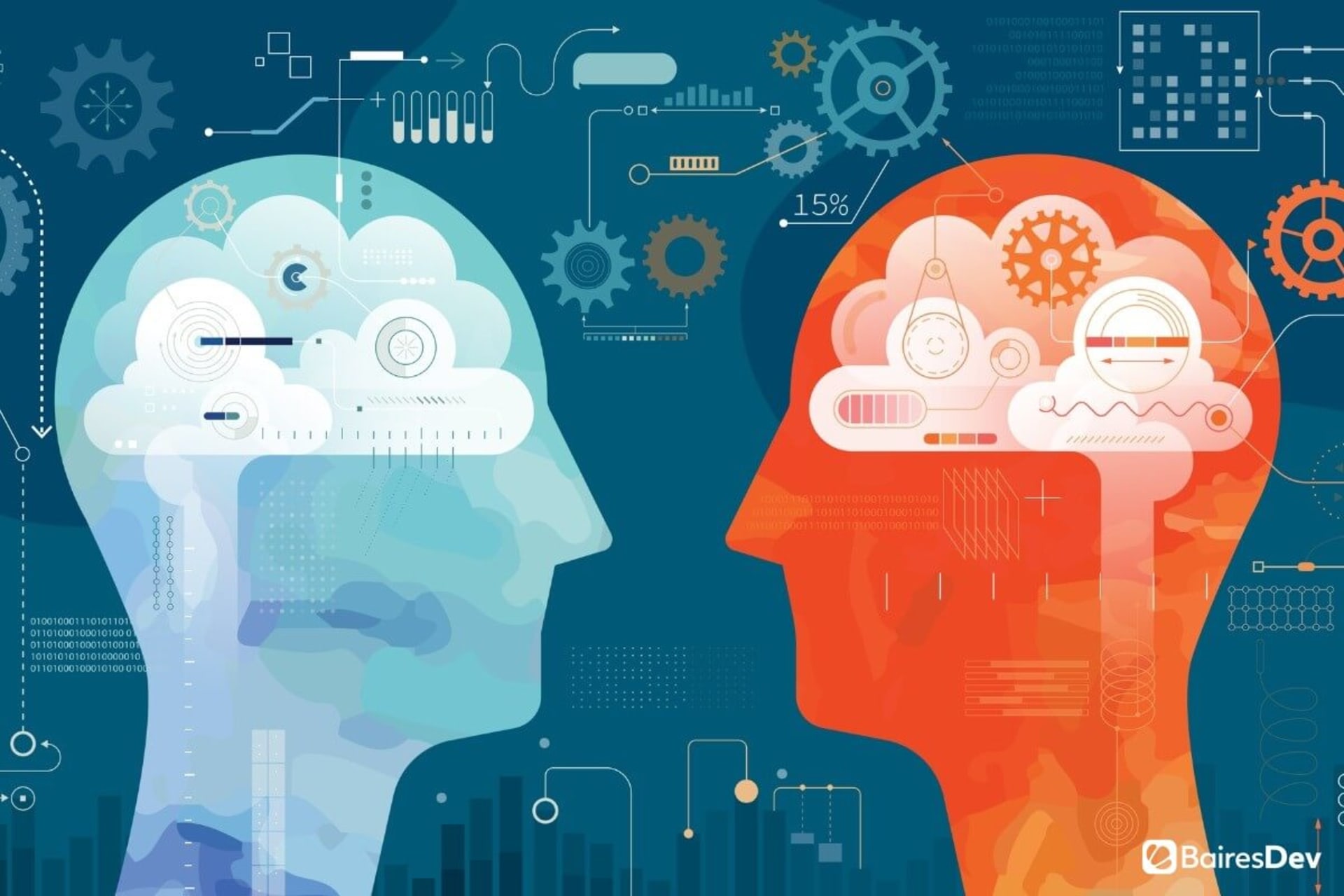Emotions and consumer behavior are intrinsically bound, people behave in certain ways based on their emotions, and this, in turn, is reflected in their purchase decisions. Be it brand loyalty, a sense of security, impulse buying, or even payback against a competitor for perceived faults, one of our driving motivations for purchasing something is our emotional state.
Publicity experts have known this for decades, using imagery that elicits the right kind of emotion for their products. Be it images of well-being and pleasure for antidepressants or colorful cartoons and dynamic scenes for child cereal. They’re designed to stir our subjective world and align our desires with their products.
Try to imagine that you’re feeling thirsty. What is the first image that comes to your mind? If it’s a product like a soft drink, then you’re one of the many people that have created a connection between feeling thirst and drinking a specific beverage.
With the advent of Web 3.0, the way users and products relate has changed, word of mouth has been traded for social media, and endorsement is now done by influencers and content creators instead of famous actors. Commercials are now synonymous with YouTube and Google Ads.
This interconnected world we live in is brimming with emotions, and all over the web, people share how they feel, even unconsciously. You might not realize it, but when you’re feeling in love and your heart rate goes up, your smartwatch notices.
How can we leverage this to our advantage? How can we better understand our users and respond to their emotions in a way that can help us grow as a business? The answer is with Artificial Intelligence.
Emotions and Data Science
The complexity of our digital fingerprint is unprecedented, according to the world economic forum, in the year 2020 we generated around 44 zettabytes of data. That’s 21 zeros, the number is so huge that human minds have a hard time grasping the magnitude.
That data takes many forms: words, images, numbers, sound, videos, biometric data, and much to the dismay of the data science community, it’s very disorganized.
As we mentioned before, behavior, both conscious and unconscious, is guided by emotion, and our faces twist and turn when we’re happy, sad, or mad. Our temperature and heart rate rises when we‘re feeling aroused. We tend to be warmer with our words when we’re feeling compassionate.
So, even if our emotions are subjective, our actions aren’t, and many of these actions are being recorded as part of our digital fingerprint. A Data Scientist with the right psychological training can identify which behaviors are related to which emotions and gather data to determine what people are feeling about a certain subject.
For language we have natural language processing, for a video, we have face recognition, for audio we have voice analysis. A few years ago it was extremely difficult to gather and analyze emotional data since most of the work had to be done from the ground up. Now, thanks to the popularity of programming languages like Python and libraries like OpenCV, anyone with enough time can analyze almost any kind of data.
Of course, data analysis is often the easier part of the process. As for gathering and cleaning data, that’s more difficult. Some companies offer paid access to their data while others have robust APIs that you can use to gather data in real-time with different price tiers, depending on your needs.
The first question you have to ask yourself is: where can I gather my user’s emotional data concerning me and my product? Some companies rely on their social media feeds as well as hashtags that relate to them or their products. Others broaden their search, looking for terms that might be associated with them, such as the name of the company.
Understanding the emotional discourse of your user base is fundamental in measuring the reactions to your business strategy as well as the opinion that the market has about you and your brand.
But that’s just the tip of the iceberg…
Using Emotion to Your Advantage
Did you know that food marketing is more effective near noon? That should come as no surprise, considering that people who are experiencing hunger tend to buy more products in a supermarket than if they were full. Hunger shapes our food acquisition behaviors.
The same can be said for any number of behaviors, people tend to buy more during certain hours of the day, or be more amicable at certain times. Some of these trends are universal, while others are specific to certain contexts and cultures.
Emotional marketing is using the right message to trigger the right emotions in your audience. While there isn’t anything new about this kind of marketing, artificial intelligence can greatly enhance how we deliver these messages.
To persuade a customer there are two conditions, first, your message has to convey a persuading argument, secondly, the recipient must be at least willing to pay attention to the message. A heartwarming image might fail if the receiving end is experiencing anger or stress.
Thanks to big data and artificial intelligence, you can programmatically track your user’s behavior to pinpoint the right moment to push your marketing strategy. It’s a form of targeted publicity that relies on emotion rather than just correlation between products.
Are you seeing trends that are getting people excited? How can you adapt and align your product with these trends? In a world as volatile as modern Western culture, being able to discover what makes people tick and to quickly adapt before the next trend comes rushing in is pivotal to your success.
Closing the Gap
All in all, the point we are trying to make is very simple, find ways to close the communication gap between you and your clients.
Artificial Intelligence is a powerful tool that can greatly enhance your data gathering strategy by helping you find the right kind of information and developing evolving models that can predict or assess how people will react or are reacting to something.
The more you listen to your audience, and the more you align your business strategy with the market, the more likely you are to expand your user base and grow. Surveys are all well and good, but there are more emotional data points out there waiting to be found.
If you enjoyed this, be sure to check out our other AI articles.






